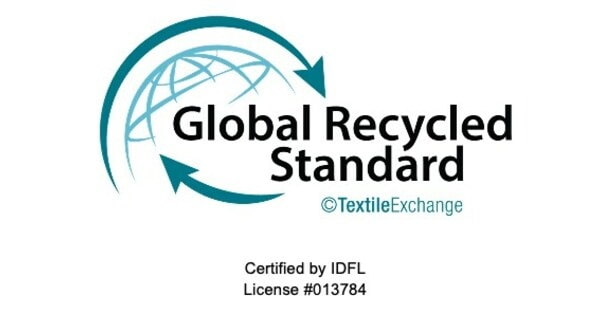Plastic-degrading – rPET – BGPET 15-05-2023 - Arhive
Plastic-degrading – rPET – BGPET
-Petrochemicals – BGPET – FGPET
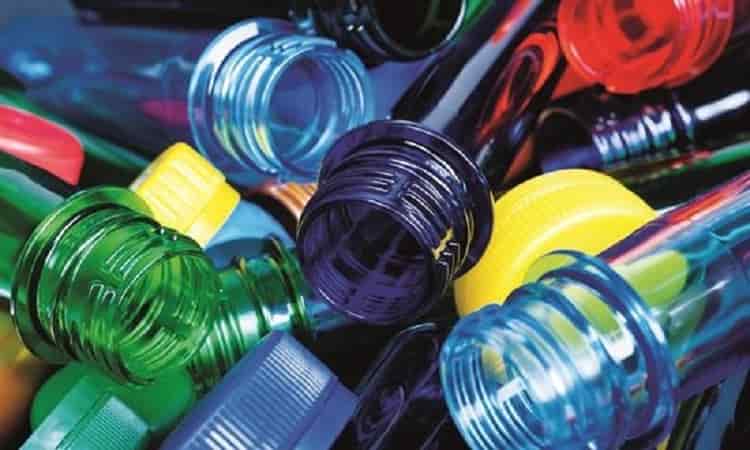
Crude Oil Prices Trend
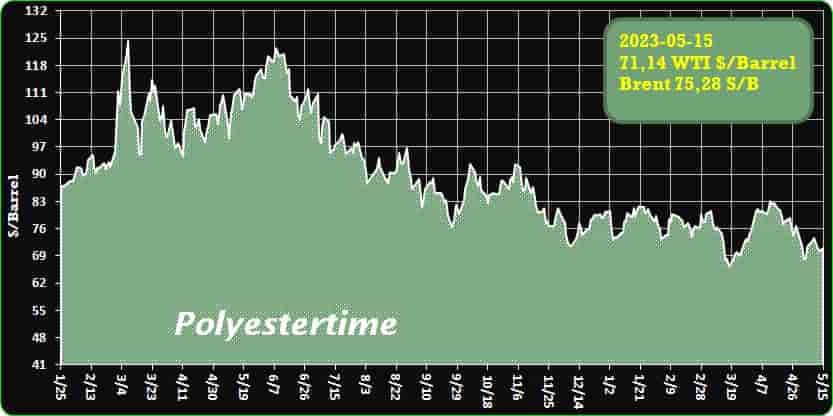
Crude Oil Prices Trend by Polyestertime
-Wind of recession in Germany, what are the risks for Italy and the EU
The wind of recession is blowing from Germany, but it can drag the whole of Europe – and Italy – into an economic crisis with still vague contours and with an alarming potential that can lead the old continent to contract.
The warning comes from macro data released on Monday May 8: German industrial production has collapsed the most in a year, raising the risk that Europe’s largest economy has indeed slipped into a winter recession.
Specifically, German industrial production fell by 3.4% in March. The slump was particularly pronounced in the auto sector, according to the statistics office.
While the data comes with a big lag and the most recent releases suggest that the economy as a whole is booming in the European powerhouse, the unexpectedly poor manufacturing performance could still see the first-quarter reading for gross domestic product fall. Plastic-degrading – rPET – BGPET
That means Germany could enter a recession between October and March after vacillating between growth and contraction since Russia attacked Ukraine and inflation took off.
There is no alarmism, but concern yes. The German numbers are, according to recent analyses, alarm bells for the entire continent. They reflect all the weaknesses of the global and, specifically, European financial and economic system.
Looking at Germany, according to ING economist Carsten Brzeski, it can be noted that “more structurally, production expectations have weakened again, the order book has thinned and inventories remain high… And the prospects are anything but how rosy”.
Despite the different peculiarities of the system of the EU countries, one cannot fail to notice that in Germany’s fragility there are signs of a delicate moment for the whole continent. The ECB will remain aggressive and this will affect the various nations, including Italy which is shaking with its high debt.
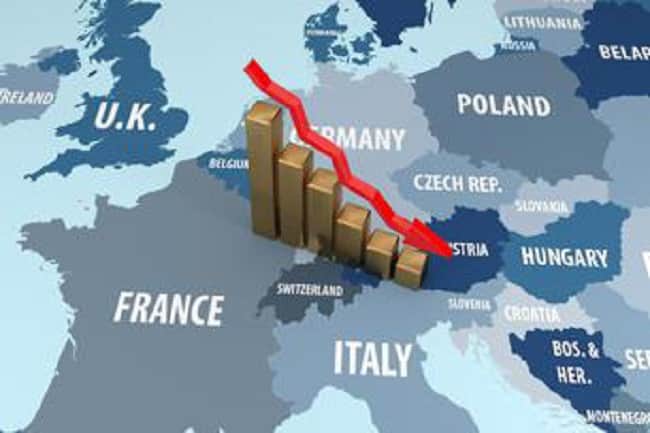
-Is Aquafil Using Too Much Debt?
Howard Marks put it nicely when he said that, rather than worrying about share price volatility, ‘The possibility of permanent loss is the risk I worry about… and every practical investor I know worries about.’ So it might be obvious that you need to consider debt, when you think about how risky any given stock is, because too much debt can sink a company. Importantly, Aquafil S.p.A. (BIT:ECNL) does carry debt. But should shareholders be worried about its use of debt?
When Is Debt Dangerous?
Debt is a tool to help businesses grow, but if a business is incapable of paying off its lenders, then it exists at their mercy. If things get really bad, the lenders can take control of the business. However, a more common (but still painful) scenario is that it has to raise new equity capital at a low price, thus permanently diluting shareholders. By replacing dilution, though, debt can be an extremely good tool for businesses that need capital to invest in growth at high rates of return. When we examine debt levels, we first consider both cash and debt levels, together. Plastic-degrading – rPET – BGPET
See our latest analysis for Aquafil
What Is Aquafil’s Debt?
The image below, which you can click on for greater detail, shows that at March 2023 Aquafil had debt of €375.3m, up from €344.9m in one year. However, it does have €122.8m in cash offsetting this, leading to net debt of about €252.5m.
A Look At Aquafil’s Liabilities
The latest balance sheet data shows that Aquafil had liabilities of €231.9m due within a year, and liabilities of €310.2m falling due after that. On the other hand, it had cash of €122.8m and €35.8m worth of receivables due within a year. So it has liabilities totalling €383.5m more than its cash and near-term receivables, combined.
This deficit casts a shadow over the €219.2m company, like a colossus towering over mere mortals. So we definitely think shareholders need to watch this one closely. After all, Aquafil would likely require a major re-capitalisation if it had to pay its creditors today.
We use two main ratios to inform us about debt levels relative to earnings. The first is net debt divided by earnings before interest, tax, depreciation, and amortization (EBITDA), while the second is how many times its earnings before interest and tax (EBIT) covers its interest expense (or its interest cover, for short). Plastic-degrading – rPET – BGPET
This way, we consider both the absolute quantum of the debt, as well as the interest rates paid on it.
Aquafil’s debt is 3.3 times its EBITDA, and its EBIT cover its interest expense 4.8 times over. This suggests that while the debt levels are significant, we’d stop short of calling them problematic. We saw Aquafil grow its EBIT by 9.2% in the last twelve months. That’s far from incredible but it is a good thing, when it comes to paying off debt. There’s no doubt that we learn most about debt from the balance sheet. But ultimately the future profitability of the business will decide if Aquafil can strengthen its balance sheet over time. So if you’re focused on the future you can check out this free report showing analyst profit forecasts.

-NIO’s most recent submission suggests that electric vehicles powered by solid-state batteries could arrive as early as this summer
The filing with China’s Ministry of Industry and Information Technology indicates that NIO plans to enhance the battery capabilities of three existing EV models with the help of solid-state battery developer WeLion.
This aligns with the company founder’s previous statements regarding the launch of solid-state-powered EVs this summer.
While various EV technologies have been introduced and improved, solid-state batteries have yet to be produced on a large scale at a cost comparable to traditional lithium-ion batteries used by most automakers.
However, there has been progress, with companies like WeLion in China and Quantumscape in the US nearing the launch of commercial-grade EV-specific cells.
NIO has a long-standing relationship with WeLion, and its latest filing suggests that its new solid-state battery packs may soon be available to the market.
The filing specifies that two NIO SUVs and one sedan will be receiving battery upgrades using cells from Huzhou WeLion Technology, a wholly-owned subsidiary of NIO’s current semi-solid-state battery supplier, Beijing WeLion New Energy Technology.
While the filing does not explicitly mention solid-state batteries, it indicates that NIO models will be equipped with battery upgrades using WeLion’s cells.
Although the NIO ET7 may not be the first NIO EV to feature the new energy-dense pack, the sedan remains associated with the technology since the automaker announced plans for a 150-kWh solid-state pack in early 2021. Plastic-degrading – rPET – BGPET
The progress of this battery transition and its significance remains uncertain until NIO provides more information.
However, if NIO delivers solid-state EVs in China this summer, it may ship them to Europe thereafter, meaning both Chinese and EU markets could see solid-state-powered EVs driving around before the US.
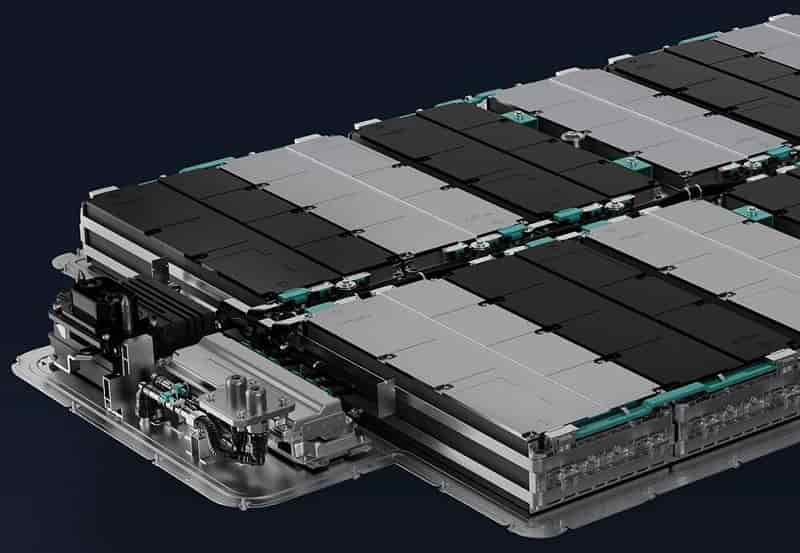
-Swiss researchers identify plastic-degrading microbial strains in the Alps and Arctic region
Finding, cultivating, and bioengineering organisms that can digest plastic not only aids in the removal of pollution, but is now also big business. Several microorganisms that can do this have already been found, but when their enzymes that make this possible are applied at an industrial scale, they typically only work at temperatures above 30 °C. The heating required means that industrial applications remain costly to date, and aren’t carbon-neutral. But there is a possible solution to this problem: finding specialist cold-adapted microbes whose enzymes work at lower temperatures.
Scientists from the Swiss Federal Institute WSL knew where to look for such micro-organisms: at high altitudes in the Alps of their country, or in the polar regions. Their findings are published in Frontiers in Microbiology. Plastic-degrading – rPET – BGPET
“Here we show that novel microbial taxa obtained from the ‘plastisphere’ of alpine and arctic soils were able to break down biodegradable plastics at 15 °C,” said first author Dr Joel Rüthi, currently a guest scientist at WSL. “These organisms could help to reduce the costs and environmental burden of an enzymatic recycling process for plastic.”
Rüthi and colleagues sampled 19 strains of bacteria and 15 of fungi growing on free-lying or intentionally buried plastic (kept in the ground for one year) in Greenland, Svalbard, and Switzerland. Most of the plastic litter from Svalbard had been collected during the Swiss Arctic Project 2018, where students did fieldwork to witness the effects of climate change at first hand. The soil from Switzerland had been collected on the summit of the Muot da Barba Peider (2,979 m) and in the valley Val Lavirun, both in the canton Graubünden.
The scientists let the isolated microbes grow as single-strain cultures in the laboratory in darkness and at 15 °C and used molecular techniques to identify them.
The results showed that the bacterial strains belonged to 13 genera in the phyla Actinobacteria and Proteobacteria, and the fungi to 10 genera in the phyla Ascomycota and Mucoromycota. Plastic-degrading – rPET – BGPET
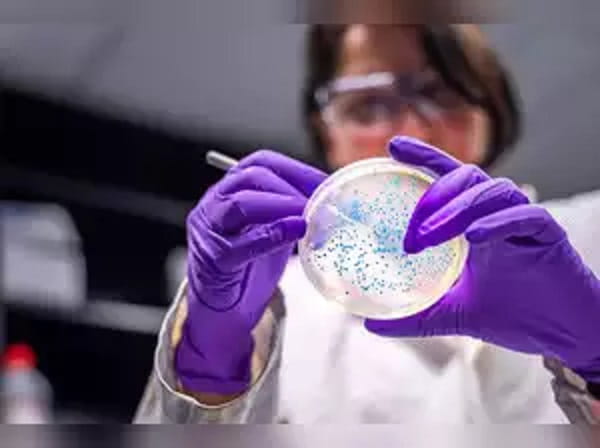
-Eastman secures significant feedstock agreements for molecular recycling facility in France
Eastman today announced it has secured a significant amount of feedstock needed for its planned molecular recycling facility in Port Jerome sur Seine, Normandy, France. With an investment of $1 billion, the planned facility will become the world’s largest material-to-material molecular recycling plant.
“We began the year with roughly half of our feedstock needs secured for phase 1 of the project, and with these important additional agreements in place we are moving closer to the more than 80 percent we expect to secure by year-end,” said Brad Lich, executive vice president and chief commercial officer. “This strong progress is a testament to the complementary nature of Eastman’s innovative molecular recycling technology to the current mechanical technologies in the market and to the growing need to enable circularity for more waste streams going back to high-quality contact-sensitive output.”
Citeo, the leading Producer Responsible Organization (PRO) in France, recently announced that Eastman, in a commercial partnership with Paprec, France’s leading integrated waste management company, has been selected to receive a significant amount of feedstock for the methanolysis facility in Normandy. Plastic-degrading – rPET – BGPET
The Citeo agreement to secure French household waste has provided Eastman with a strong foundation for securing French-sourced waste for its project in France.
Eastman also shared it has reached an additional agreement with Interzero, an innovation leader in plastics recycling with the largest sorting capacity in Europe, for an additional 25,000 metric tonnes of waste in addition to the 20,000 metric tonnes from a previous agreement announced last year.
“We’re pleased to grow our initial agreement with Eastman and do even more to solve the waste crisis we’re facing,” said Jacco de Haas, chief commercial officer of Interzero Plastics Recycling. “Chemical recycling is a necessary complement to mechanical recycling to keep more raw materials in the loop. Interzero and Eastman are committed to creating material circularity and Eastman’s facility in France will process colored and opaque PET waste that cannot be recycled mechanically.”
Another agreement with a leading company in the waste management and recycling eco-system was reached at the end of last year. This agreement, adding approximately 30,000 metric tonnes of waste, allows geographic coverage in strategic waste supplies.
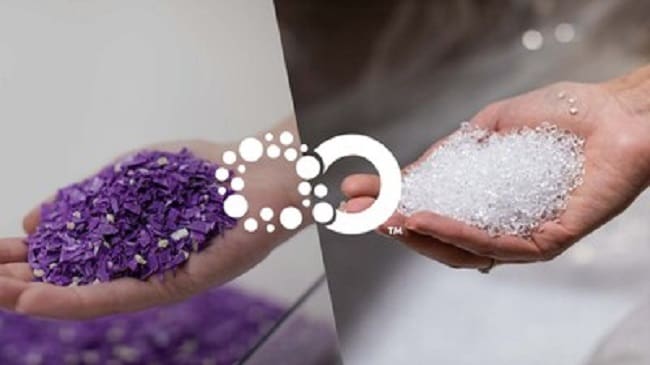
-GRS certification for Piana Nonwovens
Piana Technology has been certified to the Global Recycling Standard (GRS) for its Piana Nonwovens business unit.
The Georgia and Arizona-based textile facilities specialize in vertically and cross-lapped nonwovens. Since 2015 and 2019, in each location respectively, the company has manufactured a variety of intermediate products that are behind many of the common household products used today. Plastic-degrading – rPET – BGPET
The GRS is a product standard that verifies and tracks recycled raw materials through the supply chain. It includes criteria to prevent the use of potentially hazardous chemicals, and verifies positive social or environmental production at facilities – this includes requirements for worker’s rights and safety, as well as an environmental management system to set and track environmental goals. Both Piana Nonwovens facilities were assessed by a third party to verify their conformance to the standard, and were awarded a scope certificate in March.
All eligible nonwoven products from Piana Nonwovens will be made with at least 50% recycled GRS material.
Daniela Leal, Sustainability manager at Piana Technology said the certification was a step forward for the company’s mission to offer traceable technologies that have a smaller environmental footprint, on top of its organization-wide purpose of becoming a powerhouse of sustainable innovation. Plastic-degrading – rPET – BGPET
“We are proud to demonstrate our commitment to traceability, social, and environmental standards through this certification,” she said. “It is always our priority to work for the benefit and wellbeing of people and the planet.”
